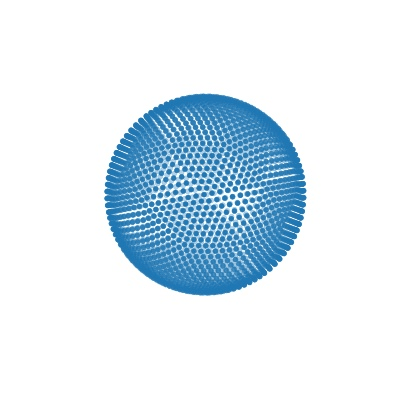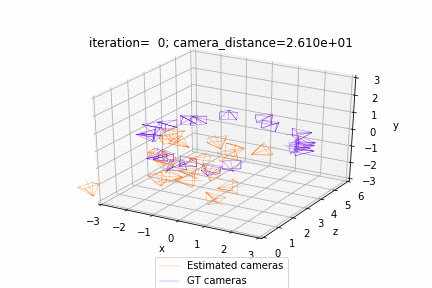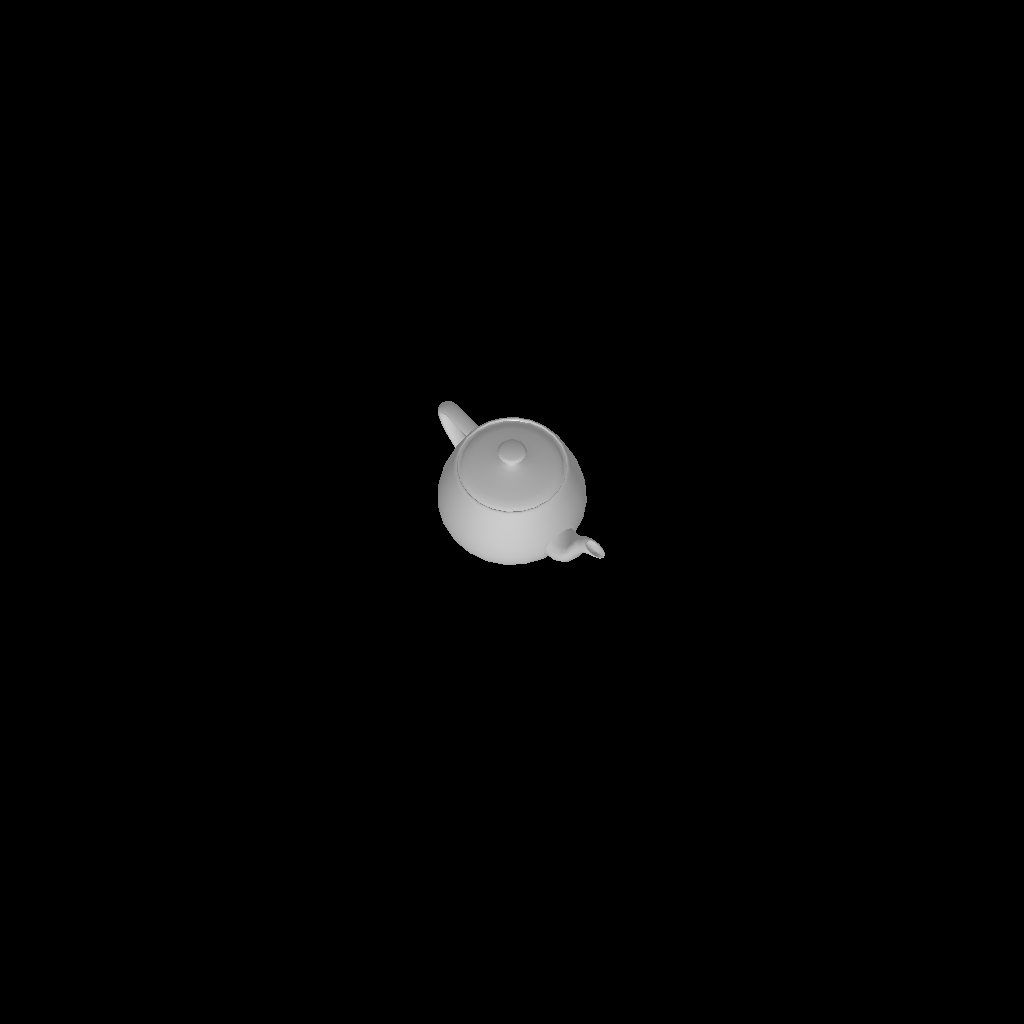Summary: Updated the load obj function to support creating of a per face texture map using the information in an .mtl file. Uses the approach from in SoftRasterizer. Currently I have ported in the SoftRasterizer code but this is only to help with comparison and will be deleted before landing. The ShapeNet Test data will also be deleted. Here is the [Design doc](https://docs.google.com/document/d/1AUcLP4QwVSqlfLAUfbjM9ic5vYn9P54Ha8QbcVXW2eI/edit?usp=sharing). ## Added - texture atlas creation functions in PyTorch based on the SoftRas cuda implementation - tests to compare SoftRas vs PyTorch3D implementation to verify it matches (using real shapenet data with meshes consisting of multiple textures) - benchmarks tests ## Remaining todo: - add more tests for obj io to test the new functions and the two texturing options - replace the shapenet data with the output from SoftRas saved as a file. # MAIN FILES TO REVIEW - `obj_io.py` - `test_obj_io.py` [still some tests to be added but have comparisons with SoftRas for now] The reference SoftRas implementations are in `softras_load_obj.py` and `load_textures.cu`. Reviewed By: gkioxari Differential Revision: D20754859 fbshipit-source-id: 42ace9dfb73f26e29d800c763f56d5b66c60c5e2

Introduction
PyTorch3D provides efficient, reusable components for 3D Computer Vision research with PyTorch.
Key features include:
- Data structure for storing and manipulating triangle meshes
- Efficient operations on triangle meshes (projective transformations, graph convolution, sampling, loss functions)
- A differentiable mesh renderer
PyTorch3D is designed to integrate smoothly with deep learning methods for predicting and manipulating 3D data. For this reason, all operators in PyTorch3D:
- Are implemented using PyTorch tensors
- Can handle minibatches of hetereogenous data
- Can be differentiated
- Can utilize GPUs for acceleration
Within FAIR, PyTorch3D has been used to power research projects such as Mesh R-CNN.
Installation
For detailed instructions refer to INSTALL.md.
License
PyTorch3D is released under the BSD-3-Clause License.
Tutorials
Get started with PyTorch3D by trying one of the tutorial notebooks.
 |
 |
|---|---|
| Deform a sphere mesh to dolphin | Bundle adjustment |
 |
 |
|---|---|
| Render textured meshes | Camera position optimization |
Documentation
Learn more about the API by reading the PyTorch3D documentation.
We also have deep dive notes on several API components:
Development
We welcome new contributions to PyTorch3D and we will be actively maintaining this library! Please refer to CONTRIBUTING.md for full instructions on how to run the code, tests and linter, and submit your pull requests.
Contributors
PyTorch3D is written and maintained by the Facebook AI Research Computer Vision Team.
Citation
If you find PyTorch3D useful in your research, please cite:
@misc{ravi2020pytorch3d,
author = {Nikhila Ravi and Jeremy Reizenstein and David Novotny and Taylor Gordon
and Wan-Yen Lo and Justin Johnson and Georgia Gkioxari},
title = {PyTorch3D},
howpublished = {\url{https://github.com/facebookresearch/pytorch3d}},
year = {2020}
}